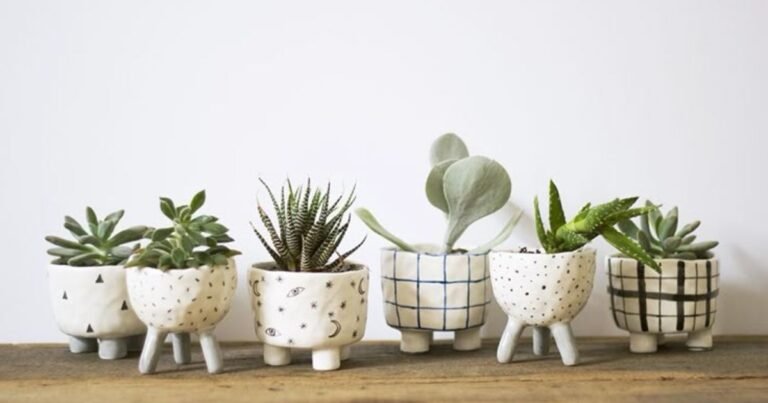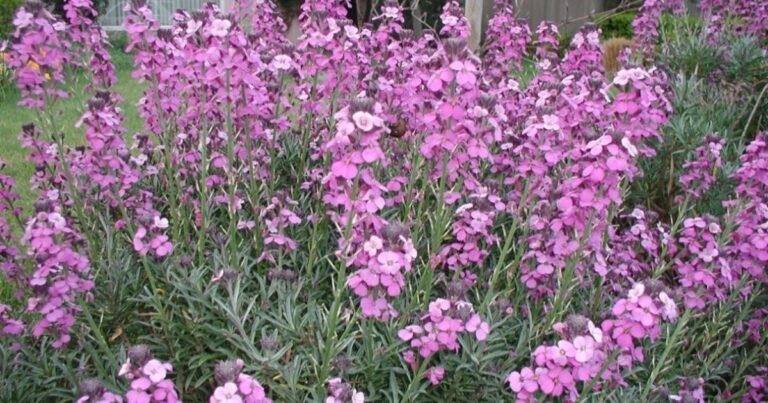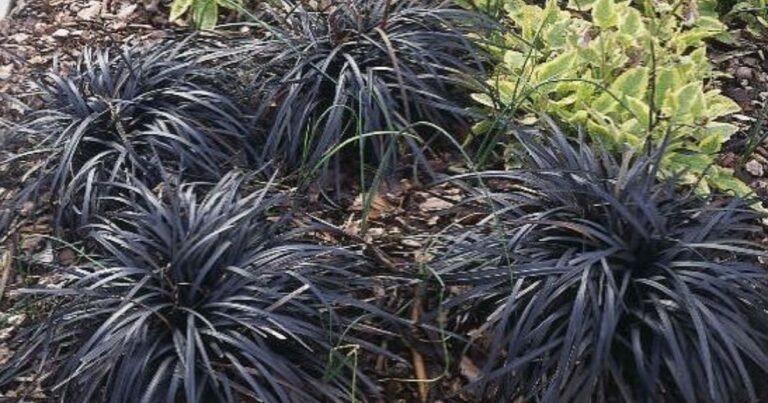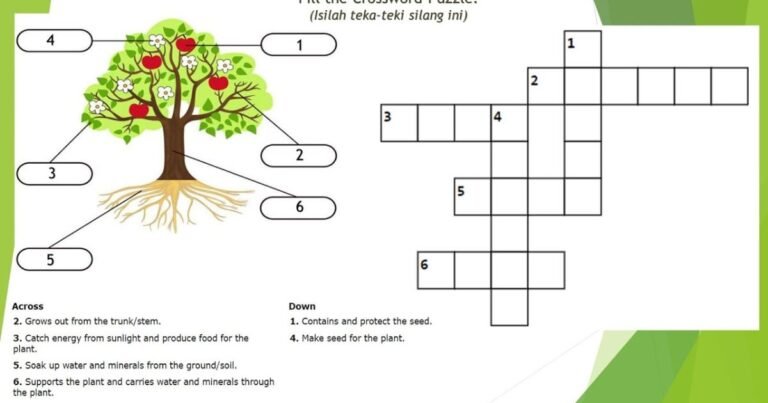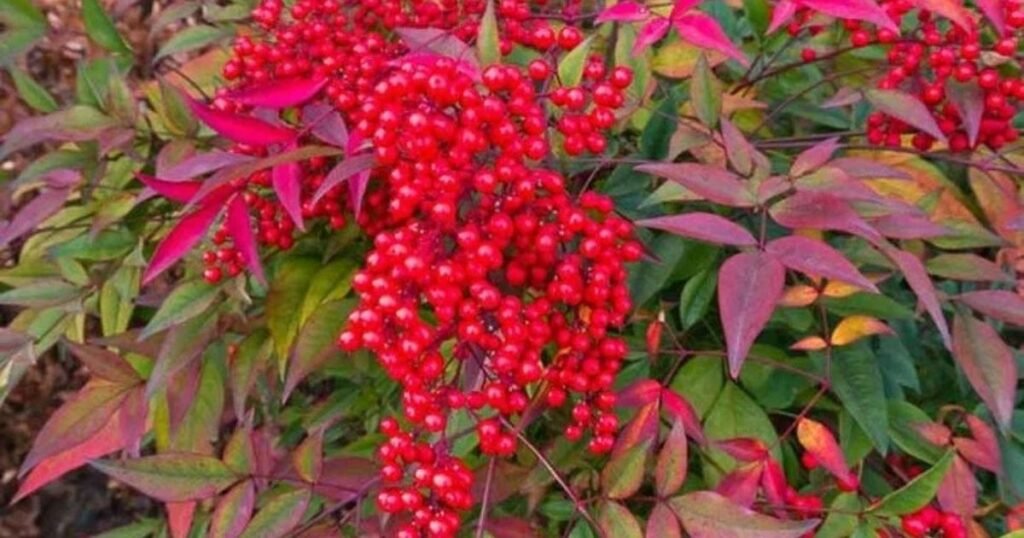
Healthy nandina being planted in compost-rich garden bed
Nandina domestica, often called heavenly bamboo, is a hardy shrub known for its colorful foliage, red berries, and low-maintenance vibe. But here’s the kicker: people love planting nandina thinking it’s bulletproof only to see it fail due to poor site choices or root care mistakes. If you’re new to this plant, slow down and read this first.
Is Planting Nandina Right for Your Space or Climate?
Before even touching the soil, know this: planting nandina in the wrong environment is a common rookie mistake. Nandina thrives in USDA zones 6–9. It handles full sun to partial shade but hates soggy roots. If your area floods or bakes with heat over 100°F, this plant might not be your best friend. Choose wisely or risk wasting time and money.
How to Choose the Right Spot for Planting Nandina?
Planting isn’t just digging and dumping. Nandina prefers:
- Well-draining soil
- A location with 4–6 hours of sunlight
- Shelter from harsh winds (especially in winter)
Don’t overcrowd it. These shrubs need air flow to prevent disease and rot. A big part of successful planting nandina is allowing it space to breathe.
Soil Preparation: Don’t Skip This Step
Nandina may seem tough, but roots still rot in bad soil. To prevent that:
- Mix organic compost into clay or sandy soil
- Avoid over-fertilizing; too much nitrogen kills color
- Use a pH meter aim for 6.0 to 7.5
These steps sound simple, but ignoring them is one reason so many fail at planting nandina the first time.
When Is the Best Time for Planting Nandina?
Late fall or early spring is ideal. In fall, roots establish before winter. In spring, you beat the summer heat. Avoid midsummer planting unless you want crisp, brown leaves and regret.
The Step-by-Step Process for Planting Nandina
- Dig a hole twice as wide as the root ball, but no deeper.
- Loosen the roots. Gently tease apart tight root clumps to prevent circling.
- Backfill with a mix of native soil and compost. Don’t pack too tight.
- Water deeply after planting, but don’t drown it.
- Mulch 2–3 inches deep, leaving a gap around the stem.
Follow these steps and your nandina will thank you with vibrant foliage and healthy growth.
Watering and Maintenance Tips After Planting Nandina
For the first few weeks, water every 3–4 days deeply. After that, once per week should be fine. Watch for:
- Yellow leaves (overwatering)
- Wilting or crispy edges (underwatering or too much sun)
- Sparse growth (too much shade)
You don’t need to babysit it but don’t ghost it either.
Common Mistakes When Planting Nandina
- Ignoring drainage :Roots rot fast in swampy soil
- Planting too deep: Buried stems suffocate the plant
- Using synthetic fertilizer too early: It burns new roots
- Skipping mulch: You’ll lose moisture fast in hot weather
Most beginners mess up planting nandina because they think it’s foolproof. It’s forgiving, yes, but not magic.
How to Use Nandina in Landscaping (Beginner-Friendly Ideas)?
Plant in clusters for visual impact. Nandina works great:
- As a colorful hedge
- Along fences or pathways
- In large pots on patios
Want more home and garden tips like this? Visit One Parish for natural lifestyle guides and faith-based living.
When to Prune After Planting Nandina?
Let it grow for the first season before pruning. After that:
- Trim in early spring
- Cut leggy stems to the base
- Don’t prune heavily in winter it shocks the plant
Pruning too early is another beginner slip-up in planting nandina care.For best results, consider using large terracotta pots to support drainage and healthy root growth as your Nandina matures.
Conclusion
Don’t fall for the “set it and forget it” myth. Nandina is easy but only if you start right. Focus on location, soil prep, and watering habits. Once it’s settled, it rewards you with years of vibrant color and low stress.
If you want your garden to flourish with simple, natural touches, start by planting nandina correctly and never look back.
When should I plant nandina?
Fall and early spring are best to help roots establish without stress from extreme heat or cold.
Does nandina need full sun?
It thrives in full sun but tolerates partial shade. Too much shade can reduce color intensity.
Is nandina invasive?
In some regions, yes. Its berries can spread easily, so check local guidelines before planting.
Can nandina grow in pots?
Yes, but use well-draining soil and water more frequently since pots dry out faster.
